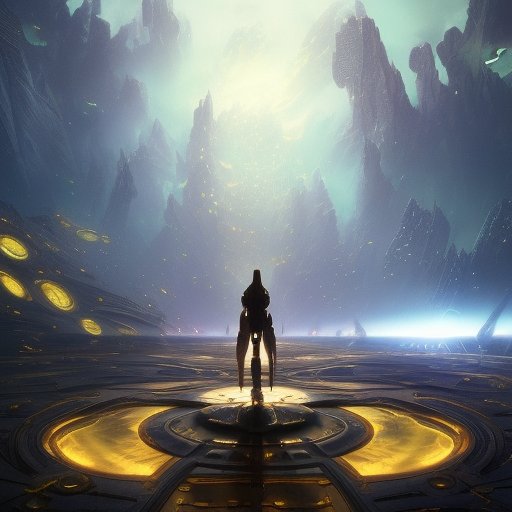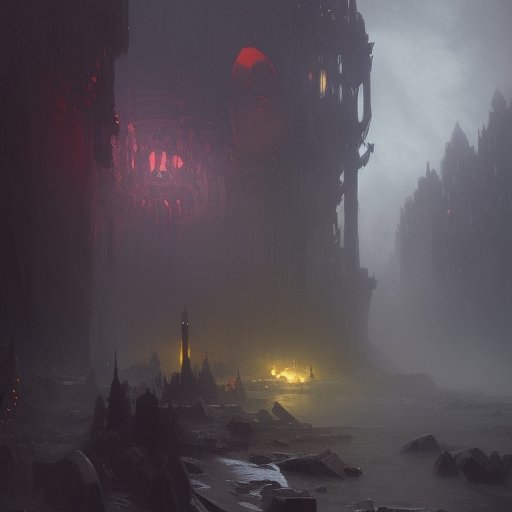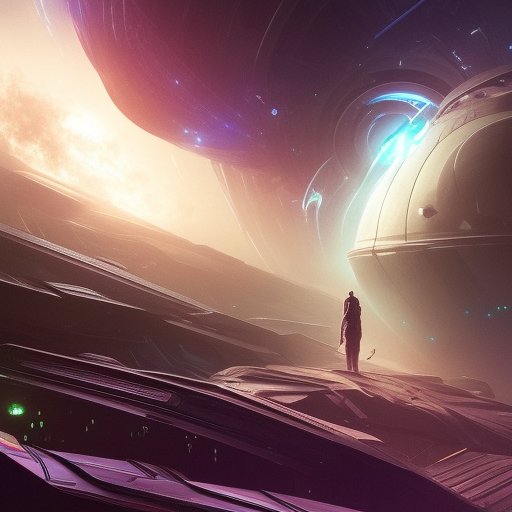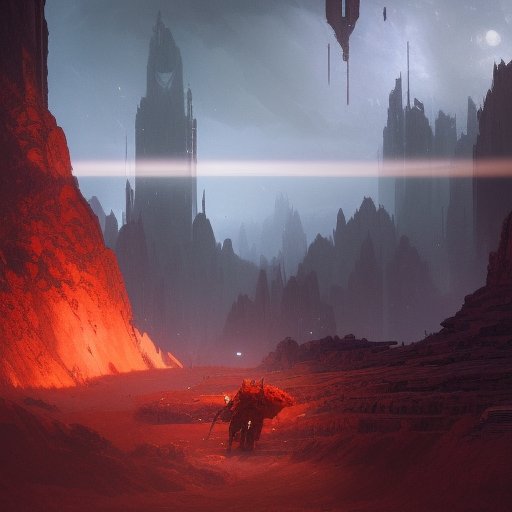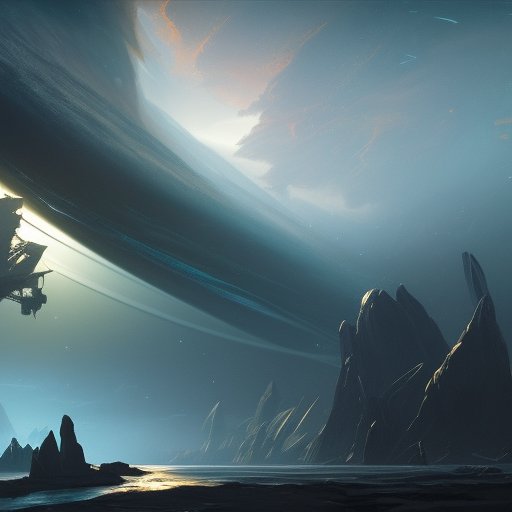
The future of entertainment belongs to anime. With roots stretching back to the post-World War II era, anime has steadily gained momentum in recent years, attracting legions of fans worldwide. Its unique visual style, complex storytelling, and vivid characters appeal to audiences across cultures, transcending traditional boundaries. As technology evolves, anime has the potential to become the dominant form of entertainment. Its artistic merits cannot be ignored, and its impact on contemporary culture will continue to grow. While anime faces various challenges as it enters the mainstream, the opportunities for its growth and expansion are endless.
I. Introduction
Buckle up space cowboys, we’re about to blast off on a journey to explore the future of entertainment! The entertainment industry has been shifting rapidly in recent years, and many have their eyes set on the next big thing. So what could it be? Well, my dear readers, I’m here to tell you that the future of entertainment is none other than anime!

At first glance, you might be thinking, “Anime? Really?” but bear with me, for I have a theory that just might change your mind. You see, anime has been growing in popularity worldwide, and it has a unique appeal that sets it apart from other forms of entertainment. From the amazing visuals to the compelling storylines, anime has something for everyone.
Think about it – why do we love to watch movies, TV shows, or read books? It’s all about immersion – we want to lose ourselves in a story and be transported to another world. Anime offers just that, and then some. With science fiction, fantasy, drama, and romance genres all represented, there’s a vast array of stories to experience.
And that’s just the beginning. Anime has also been instrumental in shaping contemporary culture with its unique blend of Japanese and Western influences. From cosplay (dressing up as your favorite anime character) to anime-themed cafes and merchandise, the impact of anime can be felt all around us.
So, dear readers, I invite you to join me on this journey to explore why anime is poised to take over the entertainment industry. In the following sections, we’ll delve into the remarkable rise of anime, examine its unique appeal, and address some of the challenges and opportunities facing this exciting form of entertainment. Let’s blast off and dive into the world of anime!
II. The Rise of Anime
As we explore the roots of anime, we must journey back in time to post-World War II Japan. It was during this period that Japanese animators began experimenting with a new style of animation, which would later become known as anime. These early pioneers were heavily influenced by the works of Walt Disney, and they sought to create a unique style that would reflect the spirit and culture of Japan.

When anime first began, it was mainly targeted at a domestic audience, with shows like Astro Boy and Speed Racer becoming hugely popular in Japan. But as the decades passed, anime’s popularity spread beyond Japan’s borders. The 1980s saw the rise of anime in the United States, with shows like Voltron and Robotech becoming cult classics.
It was in the 1990s, however, that anime truly went global. The success of landmark titles like Akira and Ghost in the Shell paved the way for anime to become a worldwide phenomenon. As the internet grew in popularity, anime fans were able to connect with each other and share their love for the medium, leading to the creation of online fan communities and conventions.
Nowadays, anime is more popular than ever, with countless shows and movies being produced every year. Streaming services like Netflix and Crunchyroll have made it easier than ever to access anime, and the global anime industry is now worth billions of dollars.
III. Anime’s Unique Appeal
Now, let’s dive into why anime has captured the hearts and minds of everyone from young children to adults. One reason is the visual feast that anime offers. Anime uses bold colors, dynamic animations, and unique character designs to create stunning visuals that can’t be found in other forms of entertainment. The distinct style of anime characters allows them to stand out and be easily recognizable.

Another factor that makes anime so appealing is the depth of its storytelling. Anime creators are known for taking risks and tackling complex themes that many other forms of entertainment shy away from. From exploring profound philosophical questions to diving into social issues, anime tackles a wide range of topics, often in a thought-provoking way. This makes it ideal for mature audiences who want to be challenged intellectually by their entertainment.
Furthermore, character development is another key aspect that anime excels in. The characters in anime are often complex and multifaceted, allowing the audience to relate to them on a deeper level. The stories often follow the characters’ journeys as they grow and change, making the audience feel invested in their lives.
Last but not least, anime offers a sense of escapism that many other entertainment forms do not. With anime, audiences can be transported to fantastical worlds with unique cultures and characters. These worlds often have their own mythology, geography, and histories, making them fully-realized and immersive. Audiences can forget their everyday lives and lose themselves in these extraordinary worlds.
IV. The Future of Entertainment
Step into the 22nd century and the world will be unrecognizable. One thing that hasn’t changed, however, is the love for anime! As we look towards the future of entertainment, it’s clear that anime has enormous potential to dominate the industry.

Anime is already a global phenomenon, with fans from all corners of the globe. With streaming services like Netflix and Amazon Prime investing in original anime content, it’s easy to see why anime is poised to become even more popular. The availability of anime is only growing, and it’s becoming easier to access it no matter where you are in the world.
Anime has also proven to be incredibly successful in other mediums of entertainment. Take video games, for example. Games like Pokemon and Final Fantasy, with their anime-inspired character designs and storylines, have been huge successes. The combination of beautiful visuals and engaging storylines have captured audiences’ imaginations and kept them coming back for more.
Furthermore, anime has already shown a willingness to tackle complex themes, such as politics, societal issues, and human emotions. This willingness to explore complex themes provides an opportunity for anime to evolve into a mature form of entertainment that can compete on equal grounds with other types of entertainment.
Finally, anime also has the ability to appeal to all age groups. From children’s programming like Dragon Ball Z, to more adult-oriented shows like Attack on Titan, there is something for everyone. This broad appeal speaks to the potential for anime to become a dominant form of entertainment that reaches audiences across multiple age groups and demographics.
V. Anime as an Art Form
Anime may be popular for its action-packed storylines, but it’s also an art form that rivals some of the best works out there. The unique and vibrant animation styles found in anime offer viewers a visual feast that stimulates the senses in ways other art forms cannot.

From the intricately detailed backdrops to the carefully crafted character design, anime is a masterclass in the art of storytelling. Creators provide fans with a visual and emotional roller coaster, making it a true masterpiece of modern art and pop culture.
Anime has had a significant impact on contemporary culture. Beyond its impressive visuals, anime has brought new ideas, concepts, and characters into the mainstream. From the philosophical musings of Neon Genesis Evangelion, to the emotional depth of Your Lie in April, anime has proven to be a powerful vehicle for exploring the human condition.
Anime is more than just entertainment; it’s a cultural phenomenon. The art form has inspired countless fan art and fanfiction, leading some to take their fandom to the next level through cosplay and other artistic endeavors. With its unique blend of East and West, anime has transcended cultural boundaries and become a global language.
Despite its often-overlooked artistic merit, anime has achieved significant mainstream success. Popular anime titles have seen adaptations into live-action films or television series, while others have inspired merchandise such as t-shirts, action figures, and collectibles. These works of anime have proved their worth, both financially and artistically, making it an art form worth considering as the future of entertainment.
VI. Challenges and Opportunities
Now, my fellow space explorers, let’s prepare for some turbulence as we examine the challenges and opportunities facing anime as it continues to gain popularity. As with any form of entertainment, anime faces its fair share of hurdles. For instance, some have criticized the medium for its depiction of women, which can be overly sexualized at times. This has sparked some controversies and calls for greater representation in the industry.

Another challenge is the size of the industry itself. Anime has historically been a niche market, which can make it difficult for creators to secure funding or garner mainstream recognition. However, we are already seeing a shift in this trend, as evidenced by the success of popular anime films in recent years.
One of the significant opportunities facing anime is the potential for greater diversity of storytelling. Anime has long been a medium that has pushed boundaries and explored unique themes. As it becomes more mainstream, creators now have the opportunity to reach larger audiences and create stories that break the mold.
Furthermore, anime has already made significant inroads into the gaming industry, with many popular titles being adapted from anime franchises. This crossover has the potential to bring more attention to the medium, as gamers discover new anime titles through their favorite games.
VII. Conclusion
And there you have it, my dear readers. We’ve explored the remarkable rise of anime and its unique appeal that sets it apart from other forms of entertainment. We’ve witnessed the impact of anime on contemporary culture and examined the challenges and opportunities facing anime as it continues to gain popularity. But what does this all mean for the future of entertainment?
As we move forward, it’s clear that anime will continue to grow and evolve. Some may view it as a niche interest, but I believe that anime has the potential to become a mainstream form of entertainment. We’ve already seen its influence in Hollywood, with live-action adaptations of popular anime franchises. Who knows what the future holds? Perhaps one day we’ll see entire theme parks dedicated to anime or even an academy award for anime films. The possibilities are endless.


